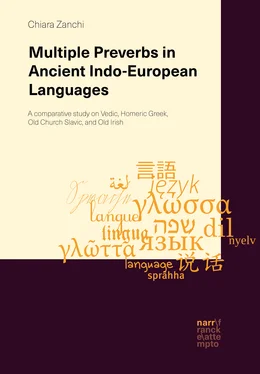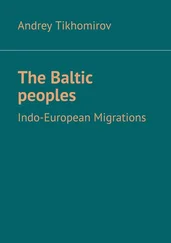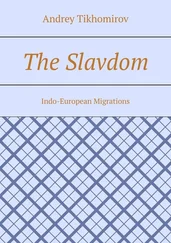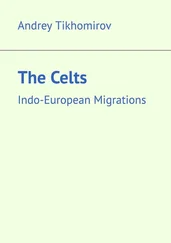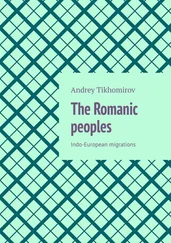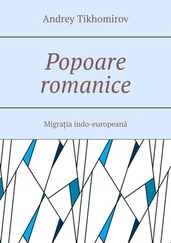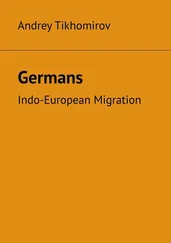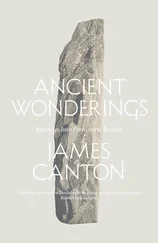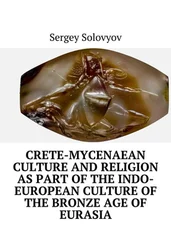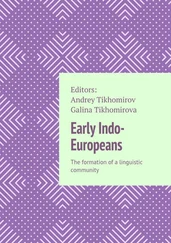The final chapter of this work, Chapter 8, summarizes the analyses presented in the preceding four chapters, compares their results, and offers general concluding remarks.
1.3. Corpora of the present study
1.3.1. The R̥g-Veda
The R̥gVeda (from √ r̥c- ‘praise, verse’ + veda ‘knowledge’) represents the most ancient Indian collection ( sam̥hitā ‘put together’) of hymns ( sūktas (literally) ‘well said’) addressed to the Vedic gods, mantras, magic spells, and sacred formulas. It belongs with the four canonical sacred texts of Hinduism, known as the Vedas, which also include the Sāmaveda ‘veda of chants’, the Yajurveda ‘veda of the sacrifices’, and the Atharvaveda ‘veda of the magic spells’. Together, they constitute the so-called “early Vedic” or “mantra language”, the most ancient variety of Old Indo-Aryan. Together with the Vedas, the Vedic corpus also comprises later prose texts: the Brāhmaṇas , the Āraṇyakas , the Upaniṣads , and the Sūtras . Early Vedic can be considered a north-western dialect and as such is close to Avestan, whereas later Vedic shows many features of the central Vedic dialects, which approximate this variety to Classical Sanskrit. In particular, the language of the Āraṇyakas and Upaniṣads seems to attest an intermediate stage to that of the Sūtras , which is very close to Classical Sanskrit (Macdonell 1916: 1ff.).
In this work, I only take into account the R̥gVeda , which is undoubtedly the most ancient among the sam̥hitās : while the R̥gVeda is mentioned in the Sāmaveda , the Yajurveda , and the Atharvaveda , the R̥gVeda itself contains no references to these three other Vedic collections. The R̥gVeda is also one among the oldest extant texts in any Indo-European language. Philological and linguistic evidence suggests that the R̥gVeda was composed in the north-western region of the Indian subcontinent, most likely between 1500–1200 BC, though a wider time frame of 1700–1100 BC has also been proposed (cf. further Witzel 1995; Mallory & Douglas 1997; Anthony 2007; Kulikov 2017). The R̥gVedic hymns certainly post-date the Indo-Iranian separation (about 2000 BC) and probably the Indo-Aryan Mitanni documents (1400 BC).
The R̥gVeda is organized in ten books, known as maṇḍalas (literally) ‘circles’, of varying antiquity and length, for a total of 1028 hymns. The hymns in turn consist of individual stanzas ( r̥cas ‘praises’), which can be further subdivided into metrical units ( pāda ‘foot’) (cf. Chapter 4). Different sections of the R̥gVeda can be assigned to different chronological layers. The maṇḍalas II-VII (‘family books’) constitute the oldest and the shortest part of the collection (‘early R̥g-Vedic’); maṇḍalas I, X, and part of VIII (so-called Vālakhilya ) are the latest additions (‘late R̥g-Vedic’); maṇḍalas VIII-IX are chronologically heterogeneous.
The Iliad and the Odyssey are two epic poems (for a total of about 28000 lines) that chiefly recount the last weeks of the Trojan War and the tribulations that Odysseus experienced when returning to Ithaca after the fall of Troy.
The Homeric epic is composed in hexameters, that is, lines made up of six ( héx ‘six’) feet, which in turn comprise regular alternations of light/short and heavy/long syllables, interrupted by regular patterns of metrical pauses (cf. Chapter 5). The variety transmitted by the epic tradition is basically an archaic eastern Ionic, enriched by an amalgam of Mycenean and Aeolic features, as well as by a number of other archaic traits that cannot easily be ascribed to any particular dialect or region (Horrocks 2010: 44).
This arguably artificial admixture can be explained by taking into account that, although one usually refers to their author as Homer, the Iliad and the Odyssey are actually examples of oral poetic diction (Lord 1960; Parry 1971). Most of the early epic bards, likely going back to the Bronze Age (Horrocks 1997, 2010), repeated, or better artistically recomposed, the poems during public performances, by drawing on a conventional range of recurrent narrative themes and of ready-made dictions to fit such themes into the meter (so-called “formulas”, that is, “group[s] of words which [are] regularly employed under the same metrical conditions to express a given essential idea”; cf. Lord 1960: 30). As a consequence, though the Iliad and the Odyssey were probably recorded in writing during the 8 thcentury BC, they preserve more ancient layers of the Greek language, from at least two centuries earlier, in the shape of formulas, precisely by virtue of this peculiar process of composition. Therefore, the Homeric poems are of inestimable value for linguistic reconstruction (Watkins 1976). Through this passage from oral to written transmission, the texts are likely to have been updated by their editors, though without seriously damaging the poets’ traditional narrative and stylistic repertoire (Horrocks 2010: 46).
The basis for the modern editions of the poems emerges from the versions produced by the Hellenistic philologists (4 th–1 stcenturies BC). They in turn had at their disposal different previous editions, which could have been either earlier or contemporary, either personal ( kat’ándra ‘according to a man’) or official ( katà póleis ‘according to towns’). All in all, the Homeric text was fluid: both the bards who put together the Homeric texts and the editors who established their official form used varieties of Greek different from the original language of the oral tradition.
1.3.3. The Codices Zographensis , Marianus , and Suprasliensis
Old Church Slavic (or Slavonic) is the linguistic variety attested in some of the oldest Slavic written records, which date back to the 10 th–11 thcenturies AD. These records were not contemporary with Constantine (i.e. Cyril) and Methodius’ mission of Christianization of ancient Moravia (a region located somewhere in the Danube Basin), which crucially triggered the translation of Christian sacred texts from the Greek of the Septuagint and Byzantine Greek into the language of the Slavs (Marcialis 2007). However, as first shown by August Leskien, a chronologically consistent and relatively old group of extensive manuscripts can be identified and employed as a canonical source to describe the system of Old Church Slavic.
The Slavic variety attested in this canon does not represent any particular Slavic regional dialect, but rather a literary language used by Slavs of different regions as a shared linguistic conduit within the Christian community (cf. Drinka 2011). Nonetheless, it has the general flavor of an early eastern Balkan Slavic (or Bulgaro-Macedonian) variety, and as such has also been labeled as Old Bulgarian or Old Macedonian (Lunt 1965: 4). As noted above, Old Church Slavic texts are translations from original Greek sources, which boasted a prestigious literary tradition and outstanding authority. For these reasons, Old Church Slavic has been frequently considered to be deeply influenced by the Greek originals at different linguistic layers, ranging from syntax (Lunt 1977; MacRobert 1986) to the lexicon (cf. Chapter 6; see also Ziffer 2005; Drinka 2011).
Among the manuscripts contained in the Old Church Slavic canon, this work examines the most ancient ones, i.e. Codex Zographensis and Codex Marianus , and the most extensive one, i.e. Codex Suprasliensis (Lunt 1965: 7, 9). The Codex Zographensis and Codex Marianus are two of the so-called tetraevangelia , that is, full versions of the Gospels, both primarily written in Glagolitic script (cf. Lunt 1965: 15ff. for more information on this script). The Codex Zographensis is made up of 271 folia in standard Glagolitic, plus 17 folia in Macedonian Glagolitic, and later additions in Cyrillic. It covers the Gospels from Mt 3.11 to the end of John (though the section Mt 16.20–24.20 belongs with the Macedonian addenda). It can be regarded as being phonetically faithful to Cyril and Methodius’ language (i.e. probably south-eastern Macedonian), but it also displays a number of arguably younger morphological features.
Читать дальше
